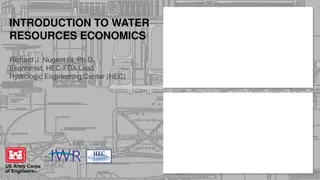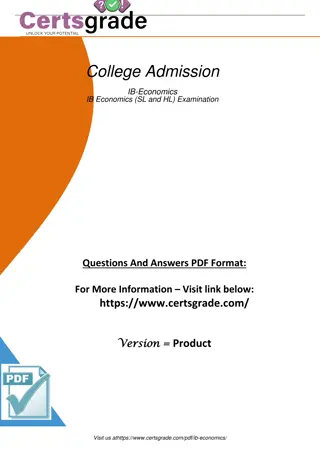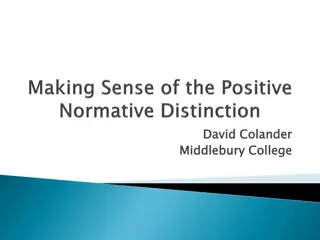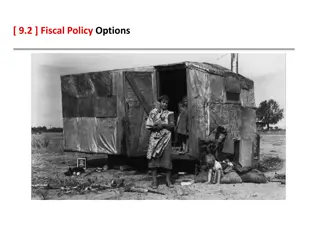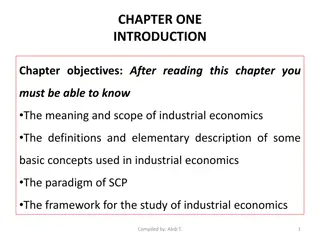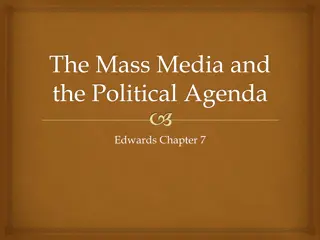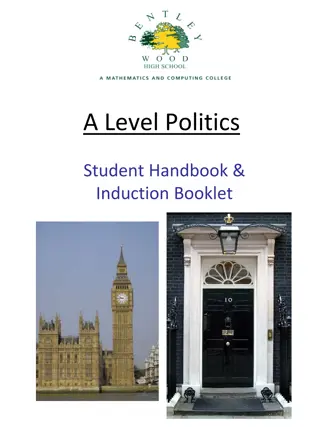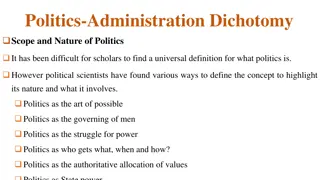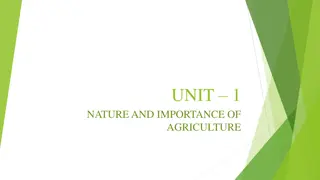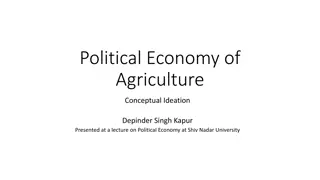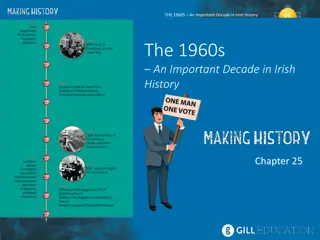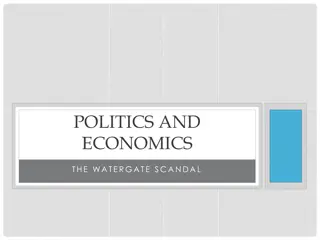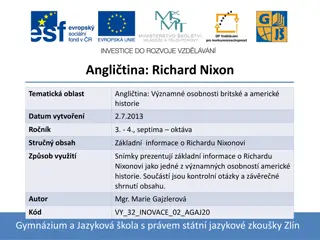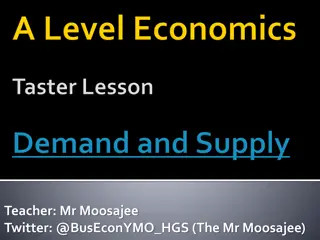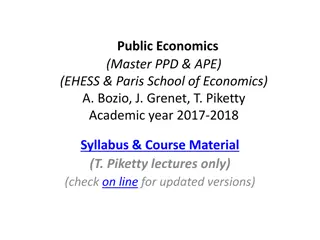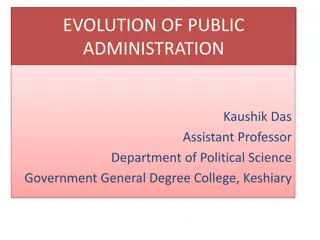The Nixon Administration: Politics and Economics in the 1960s
The Nixon Administration in the 1960s appealed to Middle America with promises of restoring order and appealing to conservative values. Nixon's Southern Strategy, focus on law and order, implementation of the New Federalism program, and attempts to reform welfare systems were key aspects of his presidency.
Download Presentation

Please find below an Image/Link to download the presentation.
The content on the website is provided AS IS for your information and personal use only. It may not be sold, licensed, or shared on other websites without obtaining consent from the author.If you encounter any issues during the download, it is possible that the publisher has removed the file from their server.
You are allowed to download the files provided on this website for personal or commercial use, subject to the condition that they are used lawfully. All files are the property of their respective owners.
The content on the website is provided AS IS for your information and personal use only. It may not be sold, licensed, or shared on other websites without obtaining consent from the author.
E N D
Presentation Transcript
POLITICS AND ECONOMICS THE NIXON ADMINISTRATION
APPEALING TO MIDDLE AMERICA Many Americans supported the government and longed for a silent majority end to the violence and turmoil that seemed to plague the nation in the 1960 s. Richard Nixon, the presidential candidate in 1968 who appealed many of frustrated citizens. Silent Majority
APPEALING TO MIDDLE AMERICA The Election of 1968 Nixon s principal opponent in the 1968 presidential election was Democrat Hubert Humphrey, who served as vice president under Lyndon Johnson. Nixon also waged his campaign against a third- party candidate, George Wallace. On Election Day, Wallace captured an impressive 13.5 percent of the popular vote.
APPEALING TO MIDDLE AMERICA The Southern Strategy To gain Southern support, Nixon promised several things: to appoint only conservatives to the federal courts, to name a Southerner to the Supreme Court, to oppose court-ordered busing, and to choose a vice presidential candidate acceptable to the South. Nixon s efforts paid off on election day. Southern Strategy toward this end, the president took steps to slow desegregation.
APPEALING TO MIDDLE AMERICA A Law-and-Order President Nixon immediately set out to battle crime in America. His administration specifically targeted the nation s anti-war protesters. Nixon went on the attack against the Supreme Court rulings that expanded the rights of accused criminals. When Chief Justice Warren retired shortly after Nixon took office, the president replaced him with Warren Burger, a respected conservative judge.
APPEALING TO MIDDLE AMERICA The New Federalism President Nixon s republican favored a number of state local governments. Under the new Federalism program, Congress passed a series of revenue-sharing bills that granted federal funds to the state and local agencies. Revenue sharing was intended to give state and local agencies more power. As the states came to depend on federal funds, the federal government could impose conditions on the states The revenue sharing actually gave the federal government new power.
APPEALING TO MIDDLE AMERICA The Family Assistance Plan One federal program Nixon sought to reform was the nation s welfare system-Aid to Families with Dependent Children. In 1969 Nixon propose replacing the AFDC with Family Assistance Plan. The program won approval in the House in 1970, it soon came under harsh attack.
NIXONS FOREIGN POLICY Nixon and Kissinger Nixon chose as his national security adviser Henry Kissinger, a former Harvard professor. Nixon and Kissinger shared views on many issues.
NIXONS FOREIGN POLICY The Establishing of D tente The soviet Union was not initially passed when Nixon, became president. Nixon rejected the notion of a bipolar world in which the superpowers of the United States and the Soviet Union Confronted one another. D tente, or relaxation of tensions, between the United States and its two major communist rivals, the Soviet Union and China. d tente was not a love fest. It was an understanding between nations.
NIXONS FOREIGN POLICY Nixon Visits China D tente began with an effort to improve American-Chinese relations. After a series of highly secret negotiations between Kissinger and Chinese leaders, Nixon announced that he would visit china in February 1972. In taking this trip, Nixon hoped not only to strengthen ties with the Chinese, but also to encourage the Soviets.
NIXONS FOREIGN POLICY U.S.-Soviet Tensions Ease Shortly after the public learned of U.S. negotiations with China, the Soviets proposed an American-Soviet summit, or high-level diplomatic meeting, to be held in May 1972 Nixon became the first American President ever to visit the Soviet Union. Strategic Arms Limitation Treaty, a plan to limit nuclear arms also agreed to increase trade and the exchange of scientific information.
ESSAY QUESTION Discuss the intended results and actual results of revenue sharing. Explain what revenue sharing was and shy the actual results differed from the intended results.
ESSAY QUESTION AND ANSWER Discuss the intended results and actual results of revenue sharing. Explain what revenue sharing was and shy the actual results differed from the intended results. Revenue sharing was a series of bills passed by Congress that granted federal funds to state and local agencies to use as they saw fit. Revenue sharing was intended to give state and local agencies more power. Over time, however, it actually increased the power of the federal government. As the states came to depend on federal funds, the federal government could impose conditions on the states. Unless they met those conditions, their funds will be cut off.


